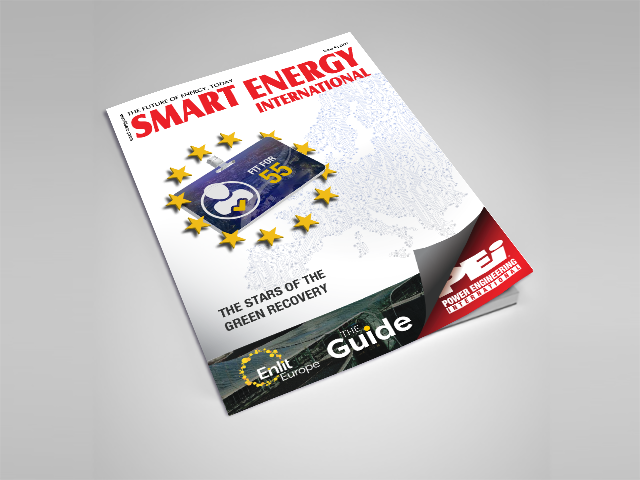
Times might have changed, but the key questions with regard to PLC applications remain the same, writes Christos Aslanidis. Around two decades ago, many discussions were ongoing about whether narrowband powerline communication (PLC) technology was appropriate for dedicated applications, with the primary focus being on Automatic Meter Reading (AMR).
Now, with millions of meters installed in the field, it is clear that the PLC communication technology is not only appropriate for AMR applications but for many others as well. Examples include smart city applications, with smart street lighting or infrastructure management as well as electrical vehicle charging and home- and building automation applications, to mention a few. However, the questions asked when starting a new project or when entering a new application area remain the same.
This article was originally published in Smart Energy International Issue 4-2021.
Read the mobile-friendly digital magazine or subscribe to receive a print copy

The most frequently asked question, and probably the most general, is the one about which PLC technology is best. All narrowband technologies (PRIME, G3-PLC and Meters and More are the ones with most traction in EMEA markets) are installed in millions of units and all of them are performing as expected. There are circumstances where one is more robust than another. However, under different conditions, it turns out to be vice versa.
With the power grid being very dynamic, it is very difficult, if not impossible, to compare technologies in the field. The technology decisions are often taken based on political aspects, market references or features of technology rather than the “robustness” of the core technology.
Have you read?
PRIME gateways are the enablers of the LV communications evolution
A stitch in time saves nine
Yet there are ways to optimise the robustness on the transceiver level and this is how chip suppliers can differentiate independently of the standard. Renesas, for instance, has implemented various so-called “weighting” and “blanking” algorithms on the physical level of the CPX3 (CoolPhoenix 3 Powerline Modem-R9A06G37) that are showing improvement of up to 8dB SNR depending on the type of noise.
The principle behind weighting is to allow carriers with good SNR conditions to take precedence over carriers with poorer SNR when transferring the same data bit when there is a discrepancy between the received data. In the case of blanking, the receiver can temporarily disable decoding during repeated periods of high noise (in powerline media there are many cases of periodic noise sources).
The maximum achievable distance between two nodes is directly linked to the above discussion. For the same reason, there is no absolute value that can be defined. It can be 1 or 2km in the LV grid but even lower depending on the country, the physical location (rural or urban; industrial or residential) or even the time of the day. However, distance is only an issue in very exceptional cases, as the abovementioned PLC technologies offer repeating mechanisms that expand the overall range.
A further touchstone is the question about achievable data rates. Theoretically, in the case of PRIME, the data rates can range from 5.4kbps up to 1Mbps depending on the modulation type and the number of channels combined into a band plan.
Looking to the net data rate in a real network of 150 nodes, it will probably be more in the range of a few kbps to around 20kbps at the application level.
In essence, everything can be broken down into getting a dedicated amount of data (which depends on the application requirements) securely transmitted over a certain distance in a noisy and dynamic power grid environment. Whilst the specifications of the technologies give an indication of whether a technology is usable in a certain environment and for a particular application, it will always be the empirical assessment and differentiating solutions – like the ones from Renesas – that will give the final assurance.

About the author
Christos Aslanidis is working for Renesas Electronics Europe, managing the Connectivity Solutions Department of the Industrial Automation Business Development Division in EMEA. Aslanidis has been working in the semiconductor industry for more than 25 years.
About the company
Renesas Electronics Corporation (TSE: 6723) delivers trusted embedded design innovation with complete semiconductor solutions that enable billions of connected, intelligent devices to enhance the way people work and live. A global leader in microcontrollers, analog, power, and SoC products, Renesas provides comprehensive solutions for a broad range of automotive, industrial, infrastructure, and IoT applications that help shape a limitless future.








